Many international students choose to study at the Norwegian University of Science and Technology. Here's what to expect at NTNU, whether in Trondheim or elsewhere.
It didn't take me long after I moved to Norway to realise that when you meet a Norwegian with an engineering or technology-related degree, chances are they studied in Trondheim.
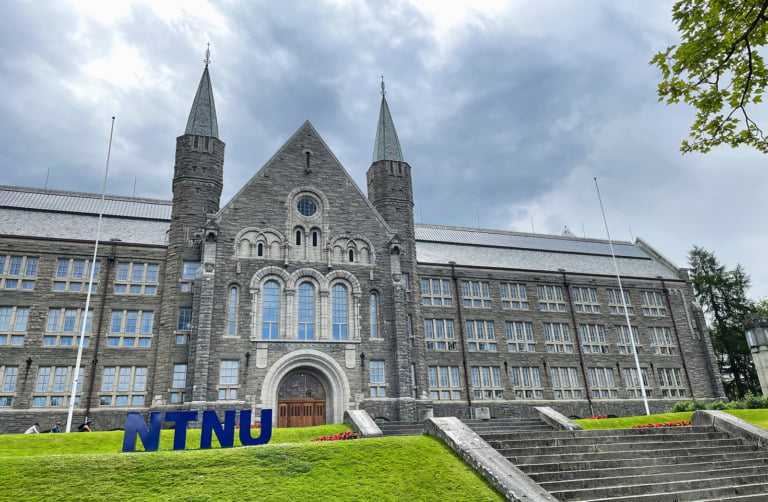
The city is home to NTNU, the Norwegian University of Science and Technology. In Norwegian, NTNU stands for Norges teknisk-naturvitenskapelige universitet.
I know many people reading Life in Norway are here to research because they are considering studying in Norway. In many cases, that's NTNU. Whether you're considering an Erasmus+ placement or an entire degree course, this page is for you.
NTNU in numbers
Sometimes numbers and stats do the job of describing so much better than words. So here is a high-level overview of NTNU in numbers:
- 42,000 students
- 6% international students
- 121 countries represented in the student population
- 7,700 employees
- 42% of academic staff are women
- 400 doctoral degrees
- 16 libraries
- 10 billion annual budget in NOK (USD $1.07 billion)
- 734,000 m2 of facilities both owned and rented
What can I study at NTNU?
Science, technology and engineering degrees from NTNU are highly-regarded throughout Norway, and beyond. But the university offers a much more diverse program than many realise.
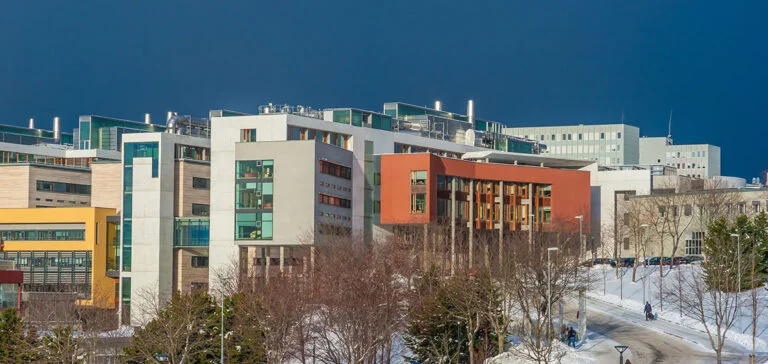
This includes the humanities, social sciences, economics, medicine, health sciences, educational science, architecture, entrepreneurship, and art disciplines.
Read more: Study in Norway as an International Student
Study and research activities are split into the following faculties:
- Faculty of Architecture and Design (AD)
- Faculty of Humanities (HF)
- Faculty of Information Technology and Electrical Engineering (IE)
- Faculty of Engineering (IV)
- Faculty of Medicine and Health Sciences (MH)
- Faculty of Natural Sciences (NV)
- Faculty of Social and Educational Sciences (SU)
- Faculty of Economics and Management (OK)
- NTNU University Museum (VM)
St. Olav's University Hospital in Trondheim is part of St. Olav's Hospital Trust. It cooperates closely with NTNU in research and the education of medical doctors.
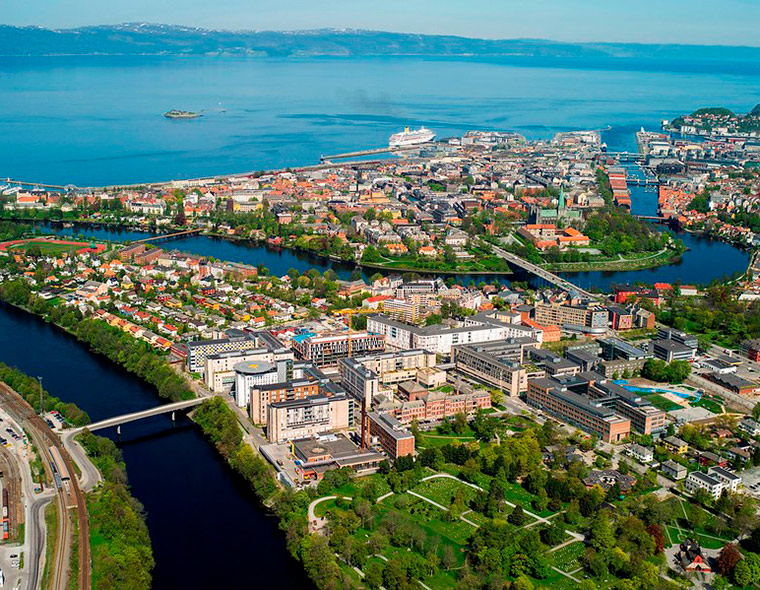
International Master degrees
The majority of foreign students come to NTNU for a Master's Degree course, as the university offers a series of International degrees taught entirely in English. In most cases, these last for two years on a full-time basis.
There are around 40 International Master degrees in areas of sustainability, energy, science and technology based in Trondheim. A few more are based at the other campuses in Gjøvik and Ålesund.
Joint Nordic Master's
Joint Nordic Master's Programmes give you the opportunity to study at two of the five leading technical universities in the Nordic countries. Students are awarded a joint/double degree at the completion of the programme.
The programmes available at NTNU are Cold Climate Engineering, Environmental Engineering, and Maritime Engineering.
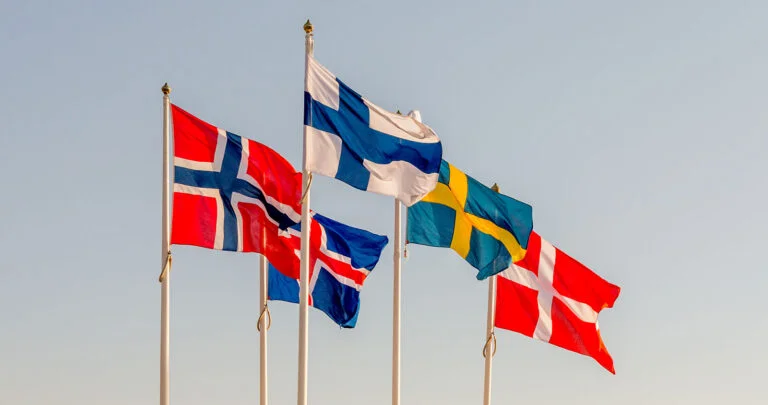
Erasmus
Erasmus Mundus Joint Masters are high-level and integrated study programmes, at master level. They are designed and delivered by an international partnership of higher education institutions, including NTNU.
Many students also come to NTNU on an Erasmus+ exchange programme, typically for a semester. You can listen to this podcast episode about the experience of one Dutch student who spent a semester at NTNU through the Erasmus+ programme.
NTNU Gløshaugen campus, Trondheim
The main NTNU campus in Trondheim called Gløshaugen is located just south of the city centre. It is within walking distance but also well served by public transport. This series of photos gives you a feel for the campus:
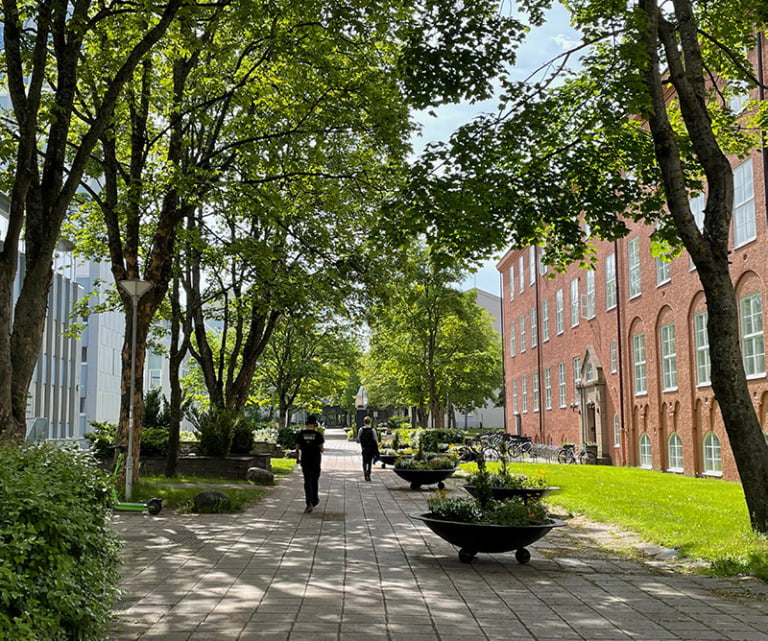
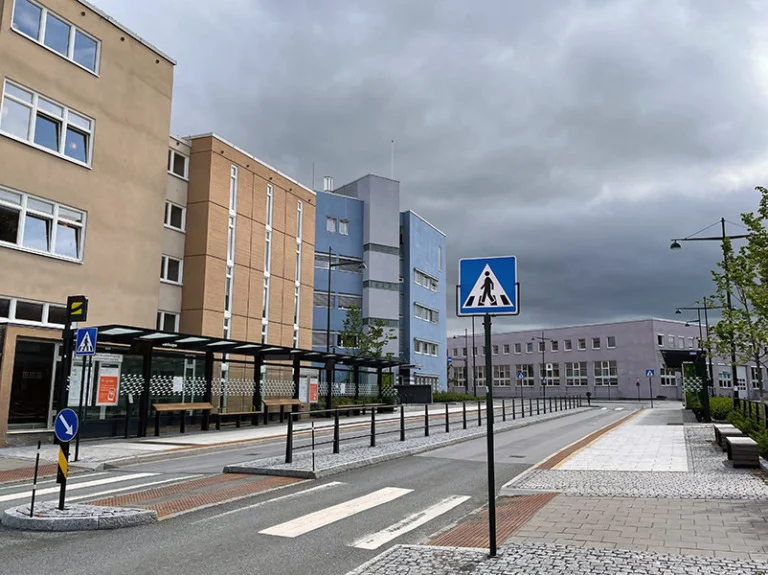
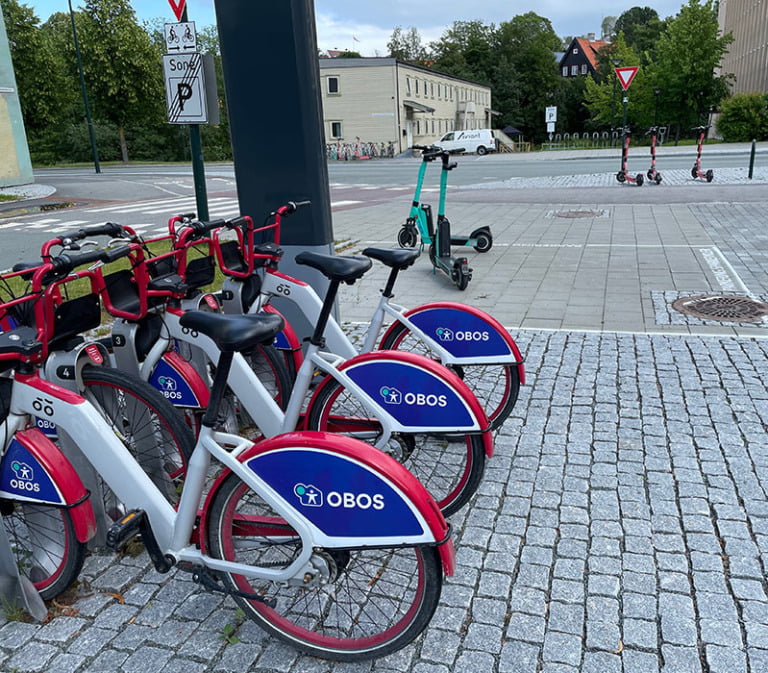
There are many buildings around the campus and it can be confusing at first to find your way around. But just like any large university, you'll soon get your bearings.
NTNU elsewhere in Trondheim
The university has several other campuses and facilities dotted around the city. Where you end up studying depends mainly upon your faculty and department. You may also take courses at different campuses.
Øya is home to St. Olav's Hospital and all the University activity related to health. Dragvoll is located farther out of the city but is well linked by bus. Some economics and management teaching is based in a new building at Elgeseter.
Collaboration with SINTEF
NTNU has a very close collaboration with SINTEF, an independent research institute dedicated to applied research, technology and innovation. The collaboration dates back at least 70 years.
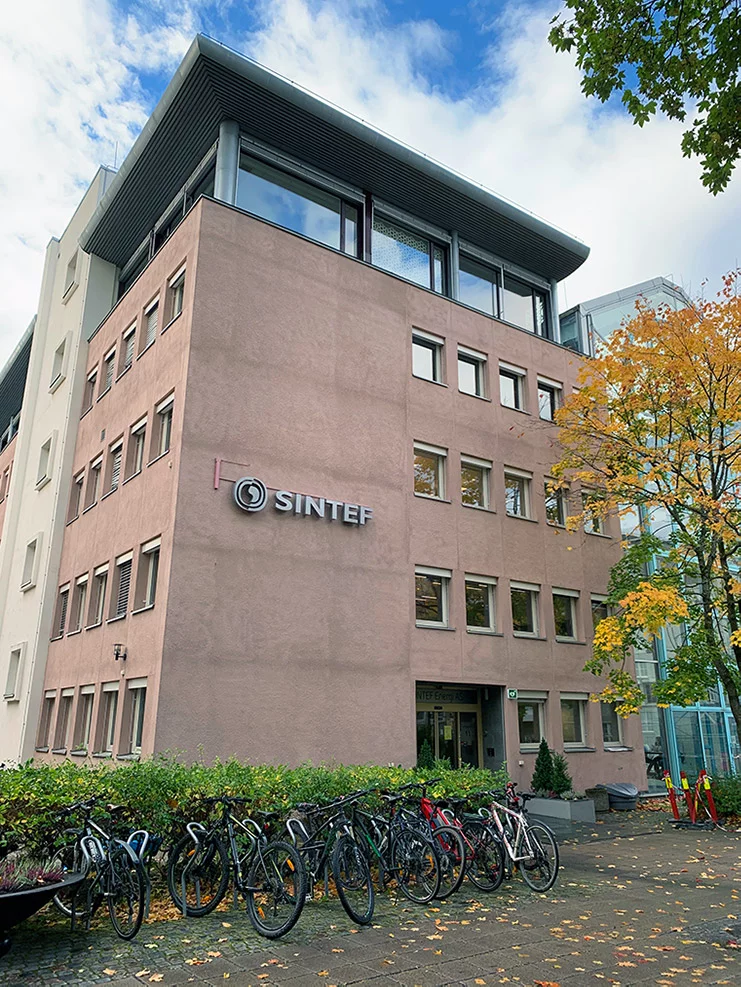
Among many other initiatives, the two organisations work together in several FME and SFI centres supported by the Research Council of Norway. In many cases, NTNU Master and PhD candidates work on projects in or associated with these centres.
Many SINTEF researchers work in offices on or very close to the Gløshaugen university campus. In addition, many scientific conferences and events are co-hosted by the two organisations.
In 2017, NTNU-SINTEF placed number one on a list of collaborative research partnerships compiled by the Times Higher Education World University Rankings. It said 9.1% of all research publications from NTNU are done in collaboration with SINTEF.
International student services
Based in Trondheim, the NTNU Office of International Relations provides important service for all international students. This includes the admissions and reception of international students, housing, and management of international programmes such as Erasmus+.
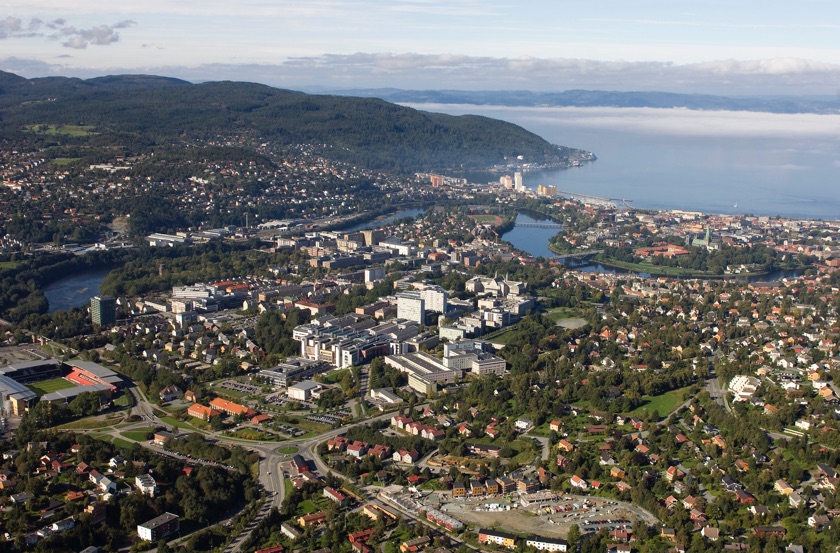
For the many foreign researchers both staff and visiting, the NTNU International Researcher Support provides support with relocation, housing, career services, seminars, courses and social activities.
Student life at NTNU in Trondheim
With so many students studying in a relatively small city, Trondheim is very much a student city. Living in Trondheim is a good choice for those who want a quality student experience but with easy access to Norwegian nature.
The red building of Studentersamfundet (the Student Society), called ‘Samfundet' by everyone, is one of Trondheim's best-known buildings. It hosts concerts and events throughout the year.
Student societies are very common in Trondheim, especially in sports. Many of the societies hold regular meetings on the main Gløshaugen campus.
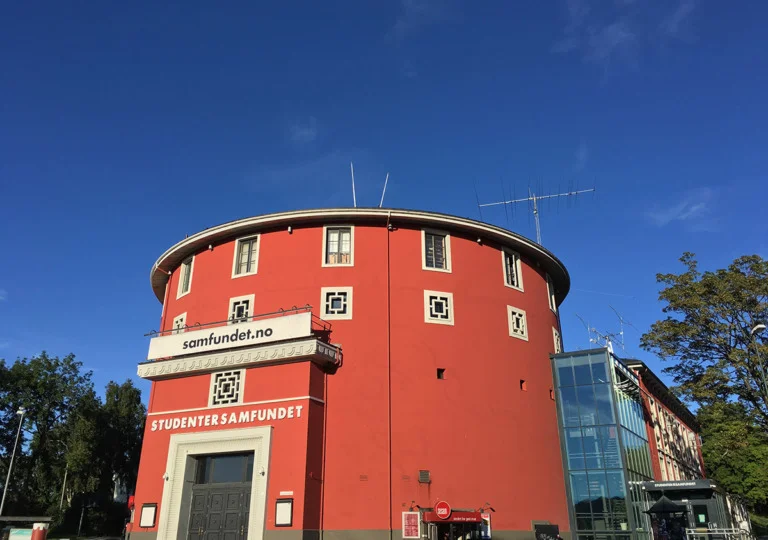
NTNU international students are offered the opportunity to learn Norwegian during their stay. Places are limited though so be sure to apply early as soon as your place at NTNU is confirmed.
The short course is available for employees of at least is months and students staying for at least three months. The full level 1 course for employees and students requires at least a one-year stay at NTNU.
Student housing in Trondheim
The Office of International Relations is responsible for allocating accommodation to exchange students and foreign students. Normally, all students are allocated student housing in the spring semester.
Many foreign students are allocated housing in blocks run by the Student Welfare Organization (SIT). Not all foreign students are guaranteed a place however, so some must find a place to rent on the private market.
There isn't a shortage of private accommodation in the city, but it can be difficult to secure accommodation at the start of the autumn semester especially if you want to be in the city centre or close to campus.
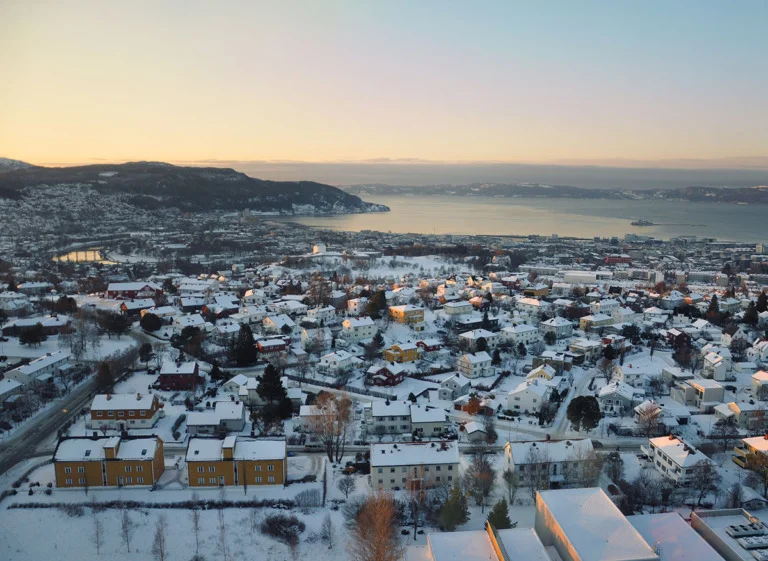
There is short-term housing available for those struggling to find somewhere.
NTNU beyond Trondheim
While NTNU is known internationally as a Trondheim-based university, there are other campuses in Ålesund and Gjøvik.
NTNU is also part of Nordic Five Tech, an alliance of the leading technical universities across the Nordic region. It's through this collaboration that NTNU offers the Joint Nordic Master's.
There is also a European office in Brussels. The overall goal is to contribute to achieving the goals set out in the NTNU Strategy and the International action plan.
Opened in 2019, the ‘Norwegian House of Research of Innovation' in Brussels is home to NTNU and Trondheim-based research partners SINTEF, together with Bergen-based Norce and the University of Bergen.

